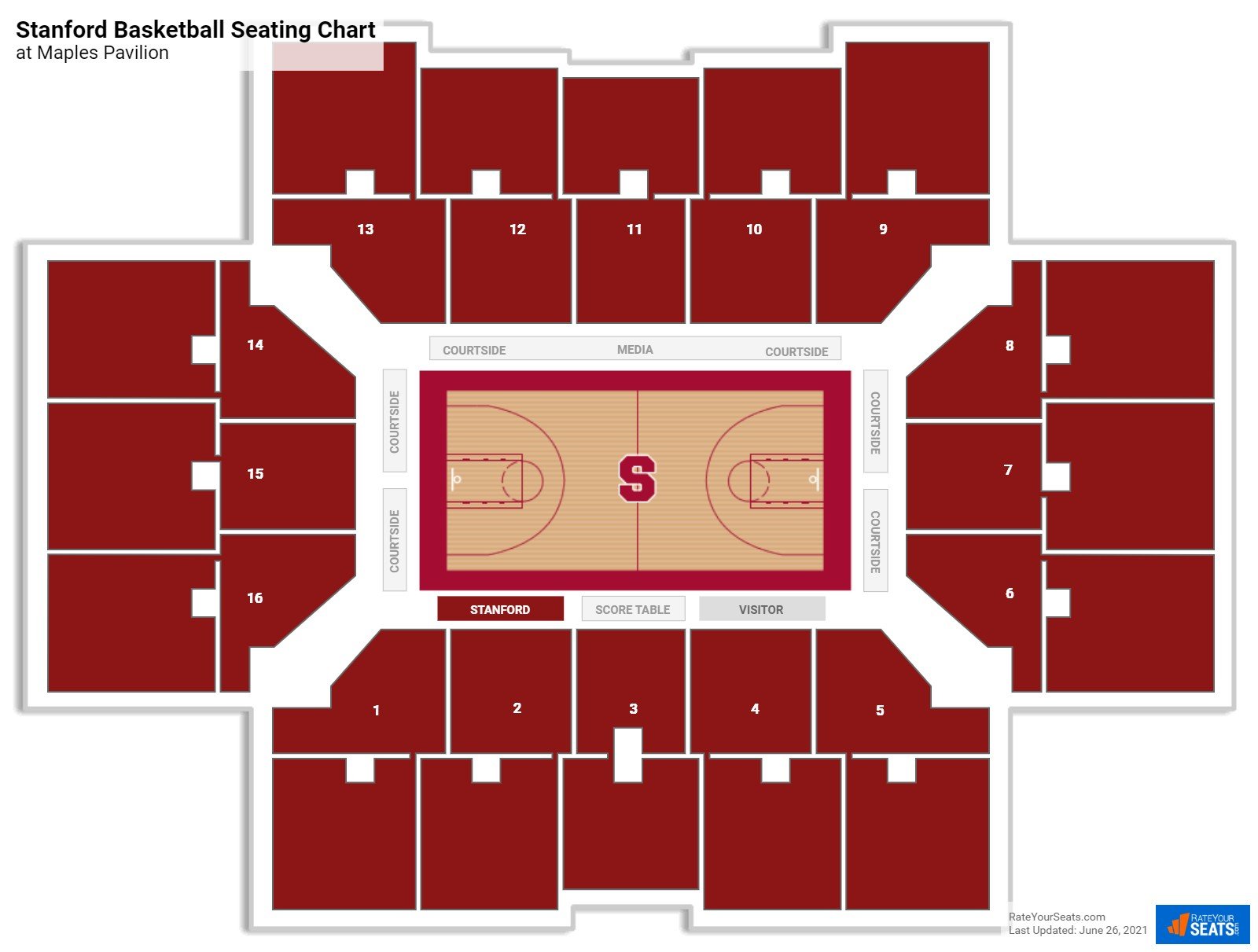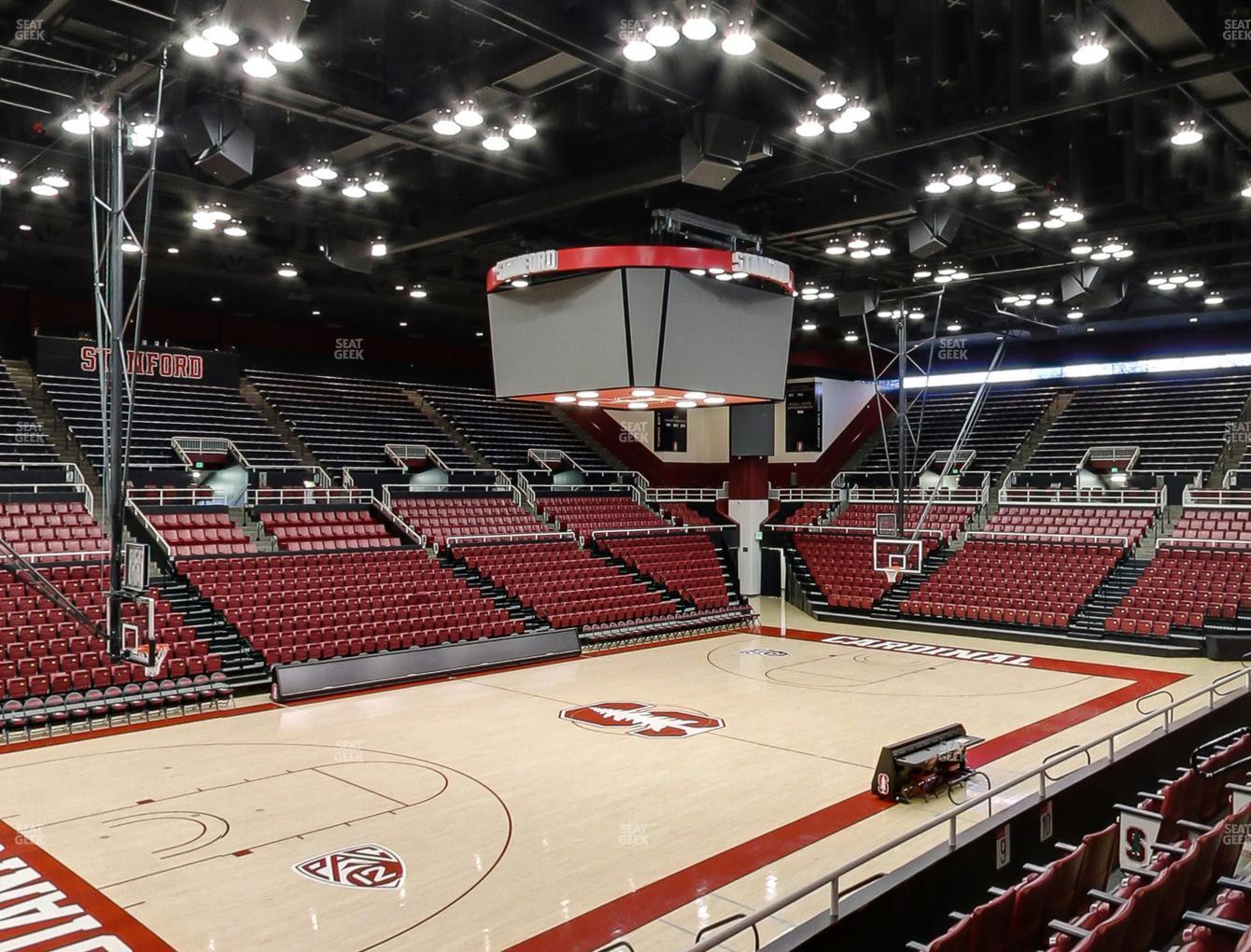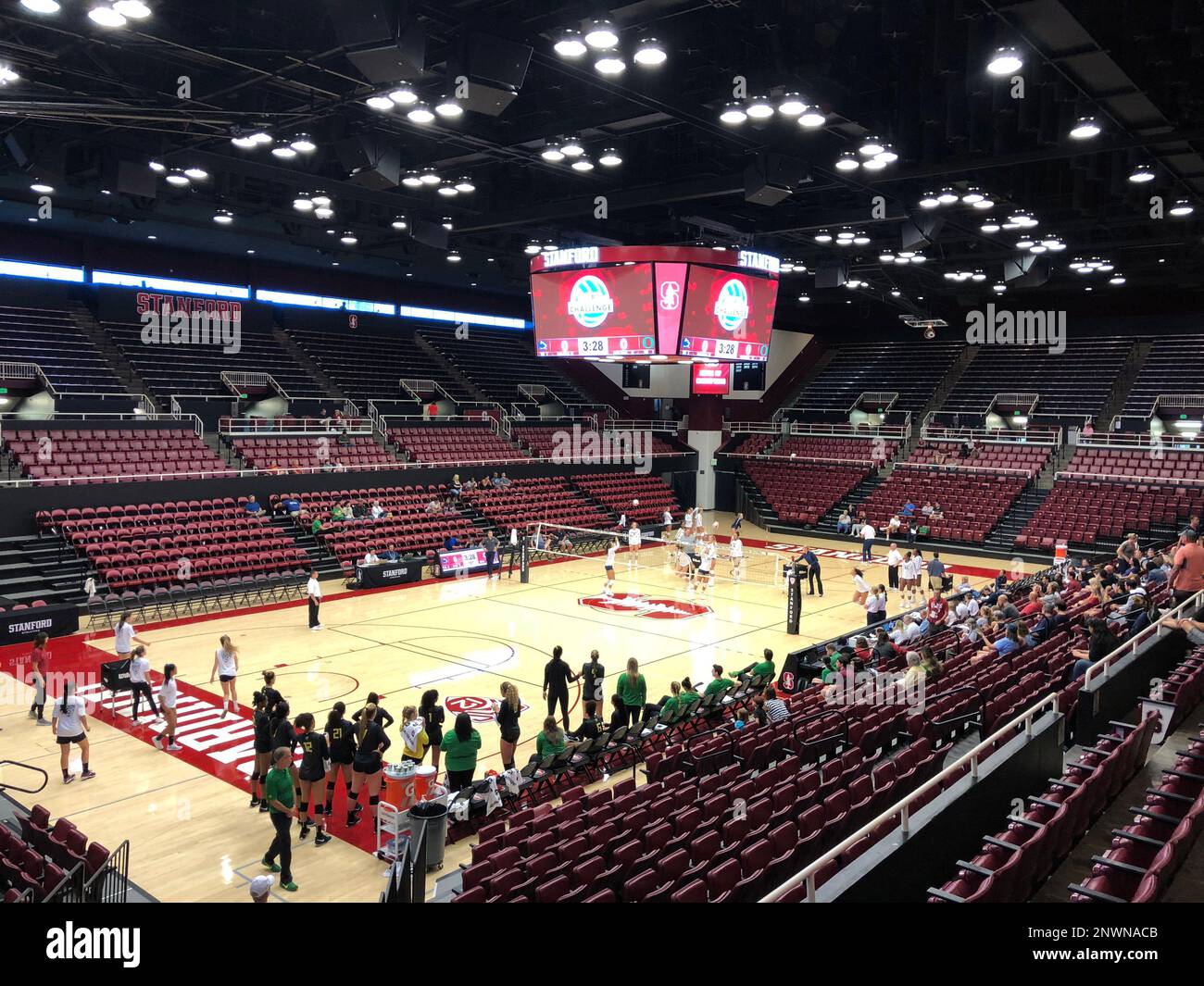Understanding Maples Pavilion Capacity: A Comprehensive Guide For Event Planners And Attendees
Table of Contents
- What Exactly is Venue Capacity? Defining the Maples Pavilion Standard
- Key Factors Influencing Maples Pavilion Capacity
- Different Types of Maples Pavilion Capacity
- Safety Compliance and the Importance of Maples Pavilion Capacity Limits
- How Event Type Impacts Maples Pavilion Capacity
- Optimizing Space: Maximizing Maples Pavilion's Potential
- Economic Implications of Maples Pavilion Capacity
- Future-Proofing and Adaptability of Maples Pavilion Capacity
What Exactly is Venue Capacity? Defining the Maples Pavilion Standard
Venue capacity is far more than just the maximum number of chairs that can fit into a room. It's a legally defined and operationally critical figure that dictates how many individuals can safely occupy a given space at any one time. For a venue like the Maples Pavilion, this figure is determined by a complex interplay of architectural design, local building codes, fire safety regulations, and the specific nature of the events it hosts. It’s the official maximum occupancy limit, established by authorities to ensure public safety and welfare. Understanding this core definition is the first step in appreciating the complexities behind the stated **Maples Pavilion capacity**. This number isn't arbitrary; it's the result of careful calculations, inspections, and certifications. It accounts for not just the static presence of people but also their movement, the space required for emergency evacuations, and the availability of essential services like restrooms and first aid. Ignoring or exceeding this limit can lead to severe penalties, compromise safety, and even result in the permanent closure of a venue.Key Factors Influencing Maples Pavilion Capacity
Determining the precise **Maples Pavilion capacity** involves a detailed assessment of several critical factors. These elements are meticulously evaluated by architects, engineers, and local regulatory bodies to arrive at a safe and functional occupancy limit.Physical Dimensions and Layout
The most obvious factor influencing capacity is the sheer physical size of the venue. This includes the total square footage of usable space, ceiling height, and the presence of fixed structures like stages, permanent seating, or large installations. For the Maples Pavilion, an open-plan design might allow for greater flexibility in capacity, whereas a layout with many pillars or fixed elements would naturally reduce it. The dimensions dictate the theoretical maximum number of people that can physically fit, before safety considerations are even applied. Furthermore, the layout impacts flow; narrow corridors or bottlenecks can significantly reduce the effective capacity, as they impede safe movement and emergency egress.Safety Regulations and Building Codes
Perhaps the most crucial determinants of **Maples Pavilion capacity** are local and national safety regulations and building codes. These codes specify the minimum square footage required per person, the number and width of exits, fire suppression systems, and ventilation requirements. These regulations are designed to prevent overcrowding, ensure rapid evacuation in emergencies, and maintain a healthy environment. Compliance with these codes is non-negotiable and often requires regular inspections and certifications. Any modifications to the venue, even minor ones, can necessitate a re-evaluation of its official capacity.Egress Points and Emergency Exits
The number, size, and clear accessibility of egress points (exits) are paramount. Fire codes mandate a certain ratio of exits to occupant load, ensuring that everyone can evacuate the building quickly and safely in an emergency. For the Maples Pavilion, this means not just the main doors but also emergency exits, clearly marked and unobstructed pathways, and adequate lighting. The capacity is often capped by the ability to evacuate all occupants within a specified timeframe, typically just a few minutes. Blocked exits or insufficient exit routes are common reasons for capacity reductions or even temporary closures.Amenities and Support Infrastructure
While less about physical space, the availability of amenities significantly impacts comfortable and practical capacity. This includes the number of restrooms, concession stands, first aid stations, and even parking facilities. An insufficient number of restrooms, for example, can lead to long queues and an uncomfortable experience, effectively reducing the *usable* capacity even if the physical space allows for more people. Similarly, inadequate ventilation or HVAC systems can make a space unbearable at higher occupancy levels, limiting the practical **Maples Pavilion capacity** for prolonged events. The support infrastructure also encompasses power supply, internet connectivity, and backstage areas for performers or staff, all of which contribute to the overall functionality and comfort at scale.Different Types of Maples Pavilion Capacity
It's important to recognize that a venue like the Maples Pavilion might have several "capacity" figures, each relevant to different scenarios: * **Fixed Seating Capacity:** This applies to events with permanent seating arrangements, such as concerts, theatrical performances, or sporting events where every attendee has a designated seat. This is typically the most straightforward capacity to calculate and manage. * **Standing Room Only (SRO) Capacity:** For events like standing concerts, trade shows, or receptions, where attendees are primarily standing, the capacity is calculated based on a smaller square footage per person, allowing for a much higher number of occupants. However, this often comes with specific egress and crowd management requirements. * **Flexible or Configurable Capacity:** Many modern venues, including the Maples Pavilion, are designed to be highly adaptable. This means their capacity can change dramatically based on the event layout. For instance, a seated dinner might have a capacity of 500, while a standing reception in the same space could accommodate 1,500. This flexibility is a major asset but requires careful planning for each event. * **Usable Capacity vs. Permitted Capacity:** The *permitted capacity* is the legal maximum. The *usable capacity* is often a lower, more practical number that event planners aim for, considering comfort, flow, and the specific needs of their event. For example, while the Maples Pavilion might be permitted for 2,000 standing, an event organizer might choose to cap attendance at 1,500 to ensure a more comfortable experience, better sightlines, and shorter lines for amenities.Safety Compliance and the Importance of Maples Pavilion Capacity Limits
Adhering to **Maples Pavilion capacity** limits is not just a recommendation; it's a legal imperative and a moral responsibility. The primary reason for strict capacity limits is public safety. Overcrowding is a significant hazard, leading to: * **Increased Risk of Injury:** Dense crowds can lead to crushing, trampling, and falls, especially during emergencies. * **Difficulty in Evacuation:** Exceeding capacity can render emergency exits ineffective, trapping people inside a dangerous situation. * **Impaired Emergency Response:** First responders, medical personnel, or security teams may struggle to navigate through an overcrowded venue to reach those in need. * **Fire Hazards:** Overcrowding can exacerbate fire risks by blocking escape routes and making it harder for fire suppression systems to operate effectively. * **Health Concerns:** Inadequate ventilation in an overcrowded space can lead to poor air quality and increased transmission of airborne illnesses. Venue managers, like those overseeing the Maples Pavilion, face severe legal consequences for non-compliance, including hefty fines, license revocation, and even criminal charges in cases of injury or fatality. Therefore, rigorous adherence to capacity limits, coupled with robust crowd management strategies, is fundamental to the safe operation of any public venue. Regular drills, clear signage, and well-trained staff are all part of maintaining a safe environment within the permitted **Maples Pavilion capacity**.How Event Type Impacts Maples Pavilion Capacity
The nature of the event itself plays a significant role in determining the practical **Maples Pavilion capacity**. While the legal maximum remains constant, the optimal number of attendees can vary widely: * **Concerts and Live Performances:** These often involve standing crowds or fixed seating. Capacity is determined by sightlines, acoustics, and the ability to manage crowd flow, especially near the stage and exits. * **Conferences and Seminars:** These typically require more space per person for comfortable seating, tables, and presentation equipment. Breakout rooms and networking areas also factor into the overall usable capacity. * **Weddings and Banquets:** Seated events with dining require considerable space per person for tables, chairs, and service aisles. Dance floors and buffet lines further influence the layout and, consequently, the effective capacity. * **Trade Shows and Exhibitions:** These events demand large open spaces for booths, aisles, and visitor circulation. The capacity here is often limited by the number of exhibitors and the desired flow of attendees rather than just the raw square footage. * **Sporting Events:** Similar to concerts with fixed seating, but also factoring in spectator amenities like concessions, restrooms, and clear views of the playing area. For each event type, event planners working with the Maples Pavilion must consult with venue management to determine the most appropriate layout and corresponding capacity, ensuring both safety and a high-quality experience for attendees. This often involves detailed floor plans and simulations to optimize the space.Optimizing Space: Maximizing Maples Pavilion's Potential
Venue managers and event planners are constantly looking for ways to maximize the utility of their space within the legal **Maples Pavilion capacity**. This isn't about exceeding limits, but about intelligent design and flexible configuration. Strategies include: * **Modular Seating and Staging:** The ability to easily reconfigure seating arrangements, remove chairs, or adjust stage sizes allows the venue to adapt to different event types without extensive renovations. * **Multi-purpose Zones:** Designing areas that can serve different functions (e.g., a lobby that can also be a reception area, or a concourse that doubles as exhibition space) enhances flexibility. * **Vertical Space Utilization:** High ceilings in the Maples Pavilion can allow for multi-tiered seating, balconies, or elevated viewing platforms, effectively increasing capacity while maintaining sightlines. * **Efficient Flow Management:** Clear signage, well-placed entry/exit points, and strategically located amenities minimize bottlenecks and improve crowd movement, allowing for a higher comfortable density. * **Technology Integration:** Advanced ticketing systems, crowd monitoring technology, and smart building management systems can help manage flow, monitor occupancy in real-time, and enhance safety within the defined **Maples Pavilion capacity**. By employing these strategies, the Maples Pavilion can cater to a wider range of events, making it a more attractive and versatile venue for organizers.Economic Implications of Maples Pavilion Capacity
The **Maples Pavilion capacity** has significant economic ramifications for both the venue operators and event organizers. For venue owners, a higher capacity generally translates to greater revenue potential, as more tickets can be sold or more guests can be accommodated for private events. However, this must be balanced against the increased operational costs associated with higher occupancy, such as more staff, increased utility consumption, and greater wear and tear. For event organizers, the capacity directly impacts their potential ticket sales and overall profitability. A venue with insufficient capacity for a popular event can lead to lost revenue, while an overly large venue for a smaller event can result in a less intimate atmosphere and higher per-person costs. The ability of the Maples Pavilion to offer flexible capacity options allows organizers to scale their events appropriately, optimizing their budget and maximizing their return on investment. Furthermore, the reputation of a venue for safely and efficiently managing its capacity can attract more high-profile events, boosting local tourism and economic activity.Future-Proofing and Adaptability of Maples Pavilion Capacity
In a rapidly evolving world, the ability of a venue like the Maples Pavilion to adapt its capacity for future needs is crucial. This involves considering: * **Technological Advancements:** Future technologies might allow for more efficient crowd management, real-time occupancy monitoring, or even new forms of entertainment that require different spatial configurations. * **Changing Event Trends:** As event formats evolve (e.g., more interactive experiences, hybrid virtual/physical events), the venue needs to be able to reconfigure its space to accommodate these shifts. * **Sustainability and Green Building Practices:** Future capacity considerations might also integrate environmental factors, such as energy efficiency for higher occupancy or waste management for larger crowds. * **Health and Safety Standards:** Post-pandemic, there's a heightened awareness of health and safety protocols. Future capacity planning might incorporate considerations for social distancing, enhanced ventilation, and touchless technologies, potentially impacting the effective usable capacity even if the legal maximum remains unchanged. Investing in flexible infrastructure and design from the outset ensures that the **Maples Pavilion capacity** remains relevant and competitive for decades to come, capable of hosting a diverse array of events safely and effectively.Conclusion
Understanding **Maples Pavilion capacity** goes far beyond a simple number; it encompasses a complex web of architectural design, stringent safety regulations, operational logistics, and event-specific considerations. From the fundamental physical dimensions and critical egress points to the nuances of event types and the economic implications, every factor contributes to defining how many people can safely and comfortably gather within its walls. The commitment to adhering to these limits is paramount, ensuring not only legal compliance but, more importantly, the safety and positive experience of every attendee. For event planners, recognizing these multifaceted aspects of capacity is key to successful event execution. For venue managers, it's about meticulous planning, continuous monitoring, and strategic investment in adaptable infrastructure. As venues like the Maples Pavilion continue to serve as vital community hubs, their capacity will remain a dynamic and crucial element in their ongoing success. We hope this comprehensive guide has illuminated the intricate world of venue capacity. Do you have experiences with venue capacity challenges or successes? Share your thoughts and insights in the comments below! If you found this article informative, please consider sharing it with others who might benefit, and explore our other guides on event planning and venue management.
Maples Pavilion Seating Chart

Maples Pavilion Seating Chart

General overall view of Maples Pavilion at Stanford University in